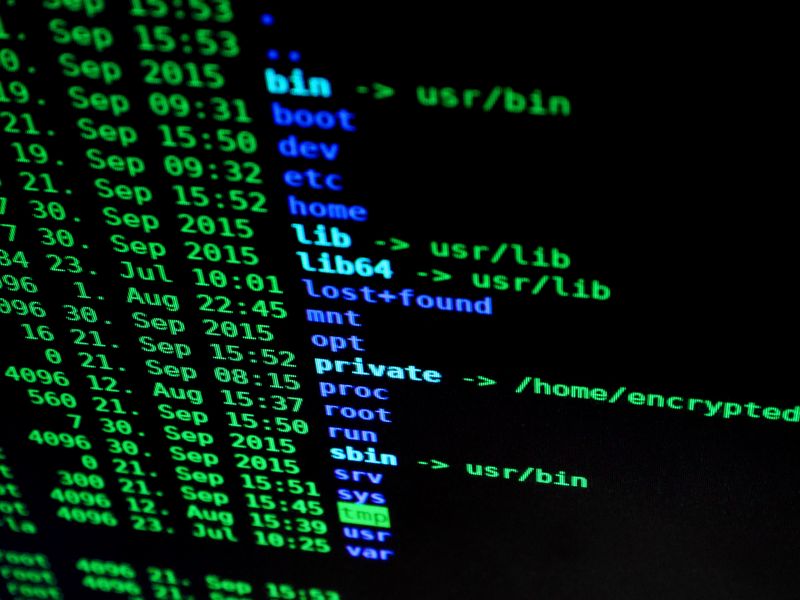Basic Security Hygiene: The Impact and Neglect
In the rapidly evolving landscape of cybersecurity, where headlines frequently tout the latest cutting-edge technologies and innovative solutions, it is easy to overlook the importance of basic security hygiene. However, recent studies have shown that these foundational measures are still the key to protecting against the majority of cyberattacks, with up to 98% effectiveness. Despite this promise, many organizations continue to neglect or misuse these essential security practices, leaving themselves vulnerable to threats.
The Zero Trust Conundrum
One of the fundamental elements of basic security hygiene is the implementation of zero trust principles, which espouse the philosophy of granting least-privilege access. However, the “Microsoft Digital Defense Report 2022” highlighted a concerning statistic: in 93% of ransomware recovery engagements, there was evidence of insufficient privilege access and lateral movement controls, directly contradicting the principles of zero trust. This illustrates a widespread failure to effectively implement this crucial element of security hygiene.
Phishing-Resistant MFA: A Powerful Shield
Multifactor authentication (MFA) has emerged as a powerful deterrent against cybercriminals. By requiring users to provide multiple forms of verification, such as passwords and biometrics, MFA significantly raises the barrier for attackers. Research indicates that properly enforced MFA can block up to 99.9% of account compromise attacks. To maximize its effectiveness, organizations should opt for frictionless MFA options, such as device biometrics or FIDO2-compliant security keys. Additionally, MFA should be strategically applied, focusing on sensitive data and critical systems, rather than being enforced for every single interaction. Conditional access policies that trigger two-step verification based on risk detections can help strike the right balance.
Modern Anti-Malware: Automation and Integration
Extended detection and response (XDR) tools play a pivotal role in identifying and thwarting threats, particularly malware attacks. By automating security operations and correlating findings, these tools provide timely and actionable insights to security analysts, facilitating agile threat response. Organizations should aim to automate alert prioritization systems, administrative processes, and security operations workflows. It is crucial to extend comprehensive prevention, detection, and response capabilities across all workloads, combining XDR with security information and event management (SIEM) capabilities. Additionally, organizations must remain vigilant about legacy systems lacking adequate security controls, as well as monitor for adversaries attempting to disable security measures.
Data Protection in the Hybrid Era
In today’s hybrid work environments, where users access data from multiple devices, apps, services, and locations, comprehensive data protection is imperative. Adopting a defense-in-depth approach involves gaining complete visibility of the entire data estate, including on-premises, hybrid, and multicloud locations. Properly labeling and classifying data helps understand its access, storage, and sharing patterns. Managing insider risk is crucial, requiring an examination of user context and activities that may pose data security threats. This should be coupled with robust access controls to prevent unauthorized handling of sensitive data. Additionally, organizations should embrace a unified data governance approach across the enterprise, empowering business teams to become data stewards. This proactive life cycle management approach enhances data security and democratization.
The Significance of Simple Hygiene Measures
While the world of cybersecurity is complex and ever-evolving, it is important to recognize that implementing basic security hygiene measures can have a significant impact on overall security posture. By adhering to simple practices such as zero trust, phishing-resistant MFA, modern anti-malware solutions, and comprehensive data protection, organizations can build a robust defense against cyber threats.
Editorial: Overcoming Complacency and Prioritizing Hygiene
Despite the compelling evidence of the effectiveness of basic security hygiene, many organizations still fall victim to cyberattacks due to negligence or improper implementation. This raises questions about why basic security measures are often overlooked or undervalued. One possible explanation is the allure of cutting-edge technologies, promising silver bullet solutions to complex security challenges. However, it is crucial to remember that strong security foundations are built on the basics. The failure to prioritize hygiene may stem from a lack of awareness, complacency, or even misconceptions about the cutting-edge nature of cybersecurity.
To address this issue, organizations must foster a culture of cybersecurity that values the fundamentals. Education and awareness programs should emphasize the importance of basic security hygiene measures and highlight success stories where these measures have provided critical protection. Furthermore, leaders need to champion these practices and allocate resources to support their implementation and ongoing enforcement.
Advice: Embrace Cyber Hygiene as the First Line of Defense
For individuals and organizations seeking to bolster their cybersecurity posture, embracing basic security hygiene is essential. Here are three key recommendations to prioritize:
1. Implement Zero Trust and Fortify Access Controls
Zero trust principles, such as least-privilege access, should serve as the foundation of access controls within organizations. Strive to identify and rectify any shortcomings in privilege access and lateral movement controls. In addition, harness strategies like conditional access and two-step verification triggered by risk detections. By diligently fortifying access controls, organizations can significantly reduce the attack surface available to cybercriminals.
2. Embrace Frictionless MFA and Automation
Multifactor authentication (MFA) is a powerful defense against account compromise attacks. Implement MFA solutions that strike a balance between security and usability, leveraging technologies like device biometrics or FIDO2-compliant security keys. Additionally, leverage automation through extended detection and response (XDR) tools to enable timely threat response and streamline security operations.
3. Protect Data with a Holistic Approach
Take a comprehensive approach to data protection that encompasses complete visibility, proper labeling, and classification. Implement robust access controls to prevent unauthorized handling of sensitive data and embrace proactive data governance across the organization. By managing insider risk and ensuring the right systems are in place, organizations can safeguard their valuable data assets.
In conclusion, while the cybersecurity landscape continues to evolve and new technologies emerge, basic security hygiene remains the bedrock of a robust defense against cyber threats. Above all, organizations and individuals must appreciate the significance of these measures and prioritize their implementation to safeguard their digital lives and assets.

<< photo by Dan Nelson >>
The image is for illustrative purposes only and does not depict the actual situation.
You might want to read !
- The Rising Threat: Phishing Campaign Exploits Ukrainian Military Using Drone Manuals
- Analyzing the Aftermath: Deciphering the Impacts and Expenditures of Dallas’ Ransomware Attack
- AI vs. AI: Unleashing the Power of Artificial Intelligence to Conquer AI-Driven Threats
- The True Price of Compromised Credentials: Are You Prepared to Pay?
- MOVEit Hack Exposes Massive Data Breach in 900 US Schools at National Student Clearinghouse
- The Rise of Juvenile Cybercriminals: Unmasking a Controversial Youth Hacking Ring
- The Rise of Yubico: Exploring the Implications of Going Public
- Exploring the Future of Cloud Security: Mastering Defense-In-Depth and Data Protection
- Improving Cybersecurity: Navigating the Cloud Era with Defense-In-Depth Measures
- Is Your Security Ready for the Convergence of Networks?
- Unveiling the Webinar: Safeguarding your Identity Fabric from Rips and Threats
- 7 Million Users Potentially Exposed: Exploring the Freecycle Data Breach
- The Growing Threat of Predator Spyware: Zero-Days and MitM Attacks Exploit iOS and Android Devices
- Unveiling the Menace: BBTok Banking Trojan Strikes Latin America
- The Rising Threat: How Spyware Is Exploiting Online Ads
- Exploring the Brave New World of Cybersecurity: Navigating the Digital Frontier in 2023
- California’s Law on Children’s Online Privacy Put on Hold by Federal Judge
- WatchGuard’s Latest Acquisition Boosts AI-based Network Detection and Response and Open XDR Capabilities
- T-Mobile’s Troubling Streak: Another Data Breach Raises Alarms
- Exploring the Elusive Sandman: Uncovering a New APT Group Targeting Telcos with LuaJIT Malware




